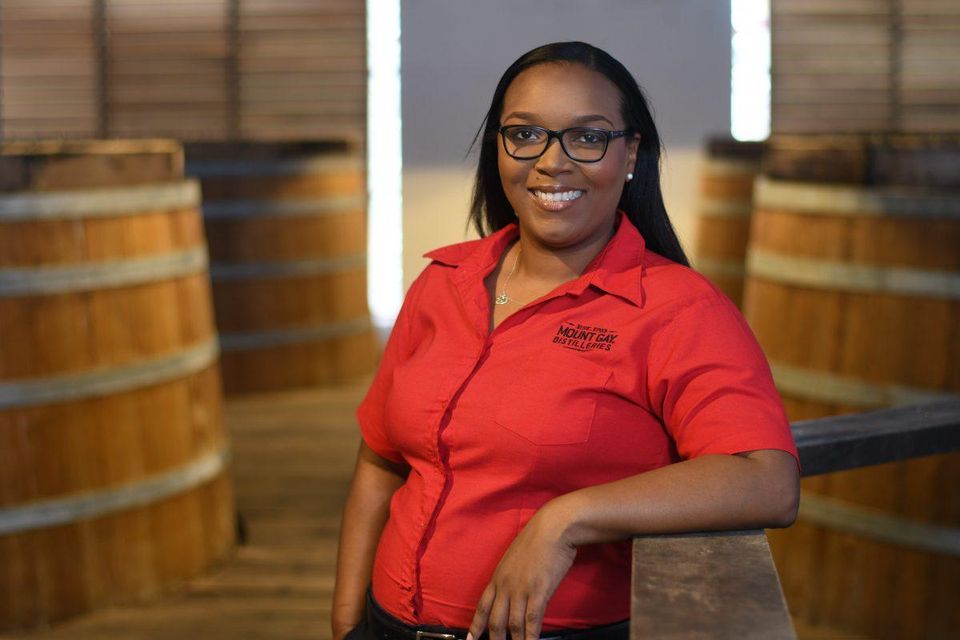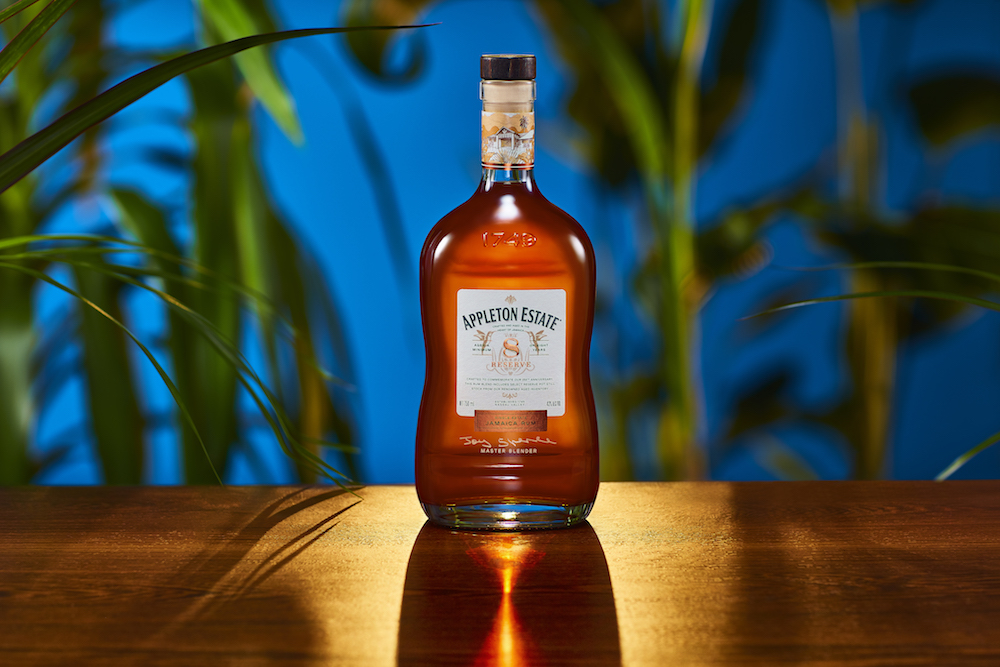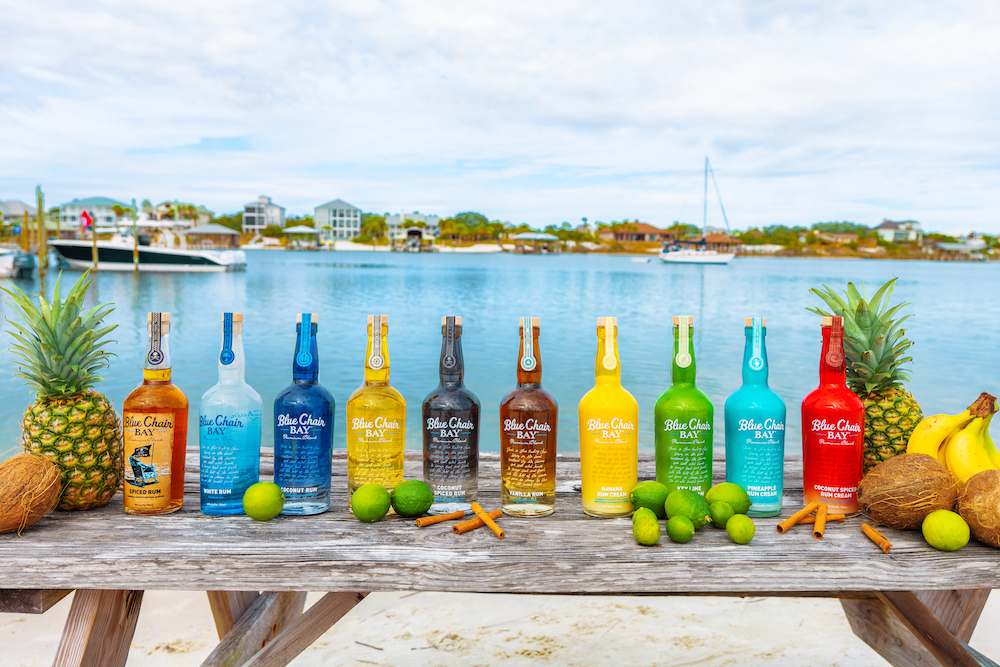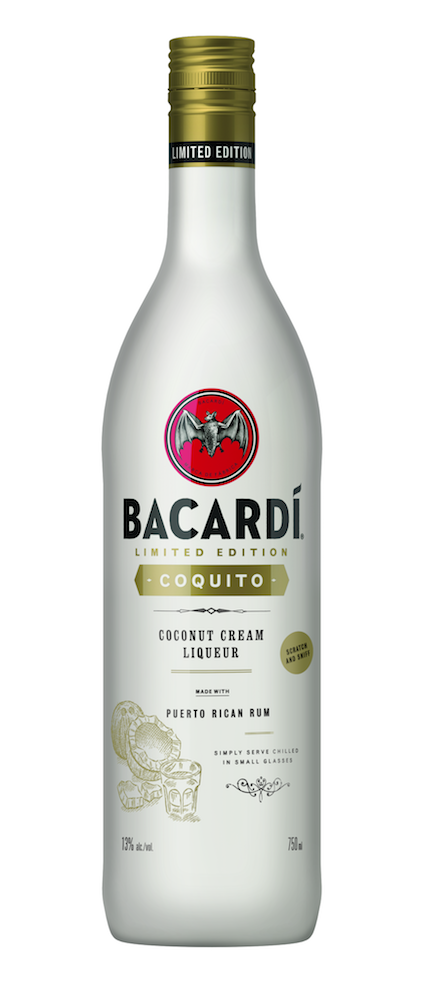Rum occupies an interesting space in the alcohol industry. On one hand, innovation in this category has never been higher, as the craft movement stimulates incredible amounts of creativity and quality.
On the other hand, even though rum’s quality is just as high — and the prices for its premium products much lower — rum does not enjoy nearly as much consumer hype right now as whiskey.
Will that change? It depends. Will drinkers who are exploring their ways through the world of whiskey, and craft cocktails, eventually turn their attention to other aged spirits? Booms in Cognac and tequila would suggest: yes.
Which may mean that rum’s turn to shine is soon approaching.
“As the third-largest spirits category in the U.S., rum is an extremely important category for our consumers,” says Melinda Herrera, Sazerac marketing director for rum. “After a few years of decline, we are seeing green shoots in key rum categories.”

1) Attract Cocktail Consumers
A niche group of rum nerds already exists, as do consumers who have long enjoyed mixing cocktails with white rums. Add in Tiki fans, and these are likely the core demographics of the category.
So where can rum pick up more consumers? Mixology is a natural starting point. (All on-premise trends are currently affected by the COVID-19 shutdowns, of course.)
“Mixology continues to be extremely important to the rum category as we see trends begin in the on-premise,” says Herrera. “We closely monitor on-premise trends and are thrilled to be able to partner with top mixologists to develop new, exciting ways to use our rums.”
In other words, as with other categories, rum producers rely on the mixology movement as a common entry point for many consumers. People who enjoy the Tiki drink that their bartender whipped up will later buy a bottle of that rum to make that cocktail at home.
Problem is, amidst this mixology movement, rum isn’t necessarily front and center.
“Part of the issue with rum is that rum suffers from a deficit of perception when it comes to its quality as a cocktail ingredient,” says Marc Farrell, co-founder of the craft rum brand Ten To One. “We need to overcome that. We need to show consumers that rum has a non-negotiable place in the world’s best cocktail bars.”
One answer for this, Farrell believes, is promoting a more basic understanding of rum cocktails.
“You also have to unlock every-day mixology experiences as well,” he says. “That’s why we recommend consumers mix our rum with club soda, tonic, lime or coconut water. Those baseline cocktails are really critical.”
Rum has also gained traction on-premise as consumers look to trade up whenever ordering drinks.
“With a greater focus on quality and preference for premium products, there is opportunity to elevate classic rum cocktails like the Daiquiri and Mai Tai,” says Trudiann Branker, master distiller at Mount Gay. “These cocktails are delicious with aged rum. The tannins brought by aged rum balances out the sweetness of the simple syrup offering a much more balanced drink. For example, Black Barrel with its extra pot still blend reacts with the lime, resulting in saline and overripe tropical notes.”

Rum has also made its way onto more cocktail menus as a creative replacement for traditional spirits. “We see bars using Bacardí Ocho to make an Ocho Old Fashioned,” says Lisa Pfenning, VP for Bacardí Rum in North America. “Rum can provide a new twist on classic cocktails.”
And you cannot overlook the ever-expanding popularity of Tiki.
“Cocktails, like the Jungle Bird and its variations, are appearing on cocktail menus more and more,” says Sean Yelle, category director of dark spirits for Campari America. “The Tiki trend is continuing to grow, but it also premiumizing, especially in New York, Los Angeles, San Francisco and Chicago.”
There may even be opportunity for rum amidst the Coronavirus crisis. “I think with the current situation we’re facing with the COVID-19, people are mostly at home, so mixology plays a key role for home drinking to keep the fun and excitement in rum drinking,” says Roy Sumang, international business development manager for Tanduay Rum. “And since rum is naturally sweet, it goes really well in most mixers.”
2) Think Like Whiskey
Another key area where rum can pick up consumers is from whiskey. After all, drinkers are experimenting with craft spirits at all-time highs.
“Consumers are looking for new experiences in premium brown spirits as they expand beyond the growth of whiskey and cognac,” says John D. Meisler, VP of sales for Serralles, USA, which is behind Don Q and other rum brands.
Perceptive rum brands have already tapped into this trend by matching flavors and innovations regularly found in whiskey.
“Premium Brands such as Don Q Single Barrel and Gran Anejo are adding no sugar to their rums, leaving an exquisite, dry finish that appeals to the whiskey and cognac drinkers,” Meisler says. “While it may not take the place of a consumer’s bourbon or Scotch, it surely adds to the gamut of aged premium spirits that that consumer experiments with. This may not be the case with many of those rums that do sweeten as a matter of historical style.”
“Don Q, as well as others, continue to experiment with double cask, double aged rums,” he continues. “Rums for example, aged in the traditional whiskey barrels, but then finished in sherry, port or, in the case of Don Q, even Italian sweet vermouth casks. This is a trend that has been important to the popularity of bourbon, single malts and cognacs, and will no doubt have the same impact on the premium aged rums.”
This is a welcome change for a spirit that, arguably, has been slower to adapt to the modern palate. “Rum is the last category to premiumize,” says Pfenning of Bacardí. “We released our Premium Portfolio in 2018 as an answer to that.”
This portfolio includes Bacardí Añejo Cuatro, Reserva Ocho, Gran Reserva Diez and Bacardí Extra.
“These are rums for sipping occasions,” Pfenning says. “Our primary consumer is the Millenial consumer, and their taste palates are growing up.”
Premiumization, as with whiskey, will be key for rum’s growth.
“The ultra-premium rum segment has been on a steady growth for the past year, showing an increased consumer interest in crafted rum,” says Branker of Mount Gay.
3) Emphasize Authenticity
As with the whiskey boom, consumers today prefer brands with authenticity. This means products with interesting stories, and liquids that reflect provenance, history and culture.
“Consumers want to know more about the products and the history behind them,” says Yelle of Campari America. “Luckily for us, Appleton Estate has an authentic story and heritage that dates back more than 250 years.”

“As consumers seek distinctive experiences and more meaningful connections to brands, Appleton Estate is one of the few rums in the world to claim a terroir, and the only rum with one as unique as the Nassau Valley,” he adds. “Every barrel used in our blends is selected by Master Blender Joy Spence, the world’s first female master blender and one of the most well-respected voices in our industry.”
Mount Gay, another classic brand, believes that consumer education is key in highlighting rum’s authenticity and uniqueness.
“By explaining processes and even highlighting its differentiation with other spirits like single malts, bourbon and whisky, craft rum can draw in other brown spirits enthusiasts,” says Branker. “Ultra-premium rum needs to find its own identity. Consumers will come to the category once brands are able to appeal to them with a unique and differentiating territory.”
Again, that translates into authenticity.
“Young people love authenticity and heritage, which also opens the door for producers to lead with origins and their own unique distillation and aging processes,” says Meisler of Serralles.
4) Flavors, Liqueurs and RTDS
Flavored rums have spiked in recent time, as brands seek the attention of the ever-experimenting consumer.
“Tropical-flavored rum cream is a new and innovative segment, which is being embraced by early adopters,” says Monica Gray, VP of marketing for Fishbowl Spirits, which is behind Blue Chair Bay. “Blue Chair Bay Rum’s tropical flavored rum creams are now selling about 100,000 cases of 9-L. annually, and are growing rapidly.”

Malibu this spring plans to launch Malibu Strawberry. (The timing of all new releases and promotions may change due to the Coronavirus impact, of course.)
“It’s the natural extension of our flavor portfolio of sweet summer fruits,” says Troy Gorczyca, Malibu brand director. “We’ll be rolling out a big supporting campaign in March and April. New flavors showcase our brand in a fun and experiential way.”
“At the end of the day, consumers buy based on flavor and taste,” he adds. “Those are trends that are not going to go away. They allow us to be successful.”
Over at Bacardí,“We’re seeing consumers really interested in the RTD trend,” says Pfenning.

Accordingly, the company late last year launched Bacardí Coquito. This pre-made cocktail is a classic Puerto Rican drink traditionally made around the holiday season.
“Anyone who knows coquitos knows that people put a lot of pride into making their coquitos,” Pfenning says. “But because it’s such a labor-intensive drink, we wanted to make it easier for people to enjoy.”
The rum RTD sold out in a matter of weeks in all markets, she adds. Bacardí plans to bring back the coquito in 2021.
Elsewhere in their portfolio, “Bacardí Lime has been a huge hit for us,” Pfenning says. “You can make an excellent skinny mojito with Bacardí Lime.”
5) Social Media Matters More
It goes without saying in 2020, but brands that successfully tap into social media will remain more relevant with the younger demos.
“Gen Z doesn’t know the world without their mobile phone,” says Gorczyca of Malibu. “If you’re not playing in digital, then you’re not going to be seen. We’re all in on digital. We’re digital-first.”
“It’s incredible to see the number of talked-about rum brands on social media,” he adds. “So many people are taking photos and sharing them. It’s a testament to the growth that we’re seeing.”
And it’s a testament to how important social occasions have become in the building of brands.
“Gen Z is looking for more daytime drinking occasions and experiences with their friends,” Gorczyca explains. “Malibu is perfectly aligned for that. Obviously it’s true that craft cocktail culture is on the rise, but that’s not the angle we’re taking with Malibu. Malibu is about simple, fun drinking occasions in casual locations with friends.”
Inherently, the nature of social situations may change based on the outcome of the Coronavirus pandemic. With the crisis forcing the world into social distancing, consumers will be hungry for social occasions once the cloud of sickness begins to dissipate — whenever that may be.
What’s Next?
Mirroring the modernization going on with Scotch, some classic rum brands have begun to update their branding for current times. Mount Gay this spring introduced new labels that shed more light on the product inside.
“With a greater emphasis on transparency, we will offer our clients a more in-depth look at our brand and products, from the casks used to the style and tasting notes,” explains Branker. “We have revisited our core blends, and will introduce a new blend for Mount Gay Black Barrel that better reflects the bold and robust flavor, with an older selection of rums and a longer finishing period.”
Appleton Estate is also coming out with new packaging.
“We want to diminish the confusion in the category by ensuring all of our age statements reflect minimum tropical aging, no additives into liquid, and help navigation of the range,” says Yelle of Campari.
With all these updates and modern strategies, one can see brighter days ahead for the rum category.
“Overall, the rum category is remaining strong,” says Meisler of Serralles. “While white rums seem to have stabilized, expecting to remain flat this year, flavors are stabilizing as well. The growth is in the super-premium side of the rum business, which is expected to grow more than 10%.”
Yelle agrees with the rosy outlook. “The best news is that it does not feel like we are even close to maximizing our potential as a brand or category and still have so much momentum ahead of us.”
“Campari Group remains bullish on rum,” he adds. “The growth at the high-end of the category can’t be ignored.”
Kyle Swartz is editor of Beverage Dynamics magazine. Reach him at kswartz@epgmediallc.com or on Twitter @kswartzz. Read his recent piece What Alcohol Consumers are Buying During the COVID-19 Crisis.





I’ve been drinking rum for over 10 years, not the best thing to say but I haven’t got liver cancer!!! I love my Don Q clear rum and no plans to change, nice and smooth on my stomach
It is great blog post. I am Always read your blog. Helpful and Informative blog. Thanks for sharing these information with us.